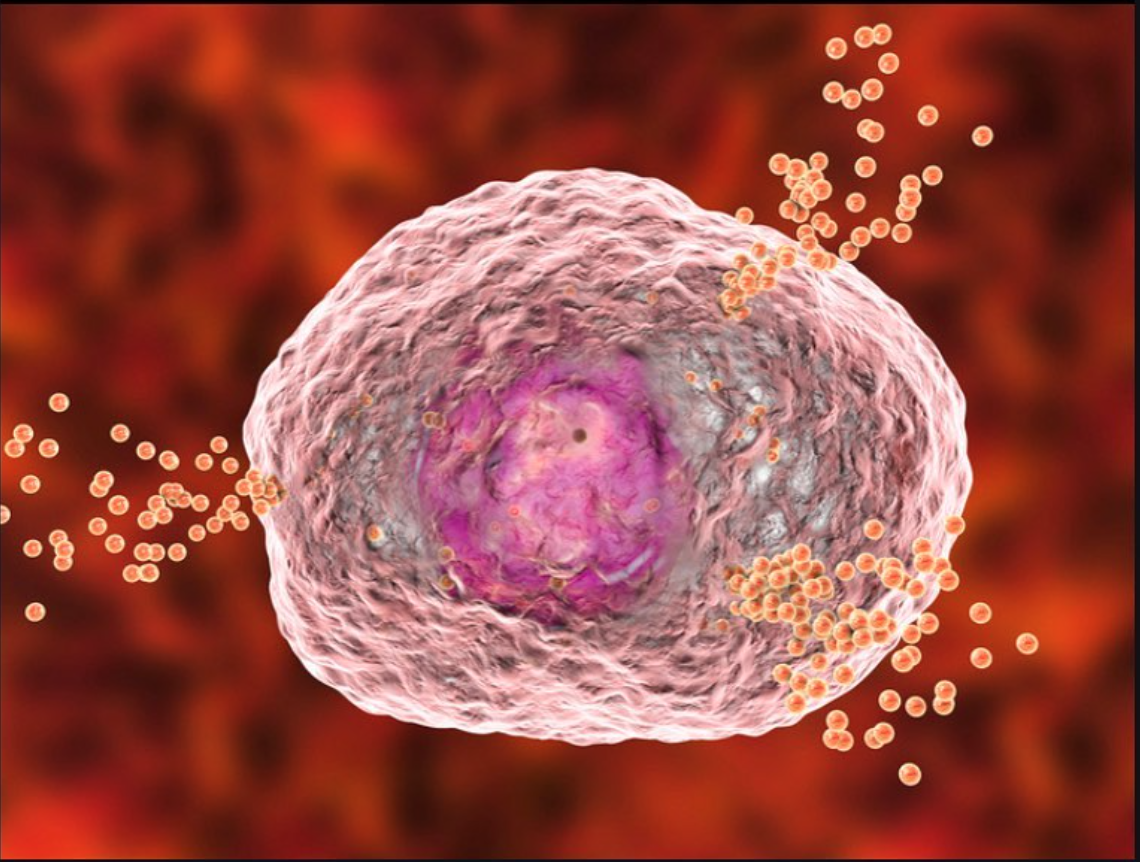Mast Cells in LPP and FFA: What Role Might They Have?
The Role of Mast Cells in LPP and FFA
Mast cells are a type of cell that is part of the immune system. Mast cells have a well known role in allergy responses and play a key role in inflammation. When activated, mast cells can release several chemicals or “mediators” from storage granules located inside these cells.
Recent studies have suggested that these allergy cells may have a role in frontal fibrosing alopecia and lichen planopilaris. Studies are preliminary.
For example, a study by Hobo and colleagues recently showed the biopsies from patients with LPP had higher numbers of mast cells than scalps from patients who did not have LPP. Mast cells from patients with LPP had an ability to produce the cytokines IL-17 (interleukin 17) and IL-23 and showed greater expression of IL17-A than control.
The so called IL17 and IL23 “pathway” is relatively newly discovered pathway. Under the regulation of interleukin-23, certain newly discovered T cells produce high levels of interleukin-17 which drives further inflammation. The IL17/23 pathway plays a role in many autoimmune conditions such as psoriasis.
The FDA recently approved several effective psoriasis therapies that disrupt interleukin-17 (secukinumab, ixekizumab, and brodalumab) and interleukin-23 (guselkumab and tildrakizumab) signaling in the skin. These drugs have revolutionized how psoriasis is treated.
The accumulating data of a role of mast cells in LPP and FFA is interesting. First, antihistamines (which block histamine mediators from these allergy cells) seem to have a role in helping to treat LPP and perhaps even FFA. Second, the data here suggested that mast cells infiltrating hair follicles might play a role in the pathogenesis of LPP via the IL-23/IL-17 axis.
It will be interesting to see whether drugs that block interleukin-17 (secukinumab, ixekizumab, and brodalumab) and interleukin-23 (guselkumab and tildrakizumab) signaling in the skin and hair have potential in treatment of LPP and FFA. Preliminary studies suggest some might (ie tildrakizumab).
Reference
Hobo et al. Exp Dermatol. 2020 Mar
Harries et al. Br J Derm Dec 2019
This article was written by Dr. Jeff Donovan, a Canadian and US board certified dermatologist specializing exclusively in hair loss.

